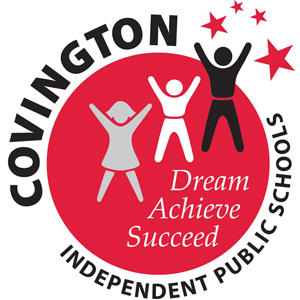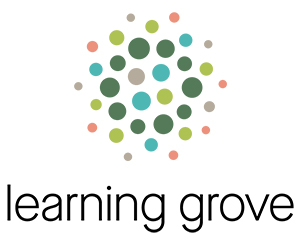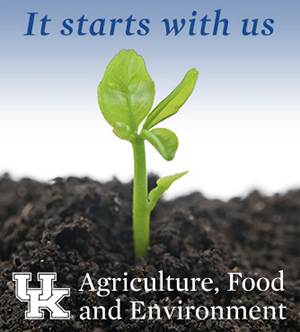The Kentucky School Boards Association will present Erlanger-Elsmere Independent school district officials with the Public Education Achieves in Kentucky (PEAK) Award at 1 p.m. Wednesday, May 3 at Lloyd Memorial High School’s Scheben Gymnasium.
The award ceremony will be preceded by a
12:30 p.m. tour of the district’s Early Learning Center.
The PEAK Award, given twice yearly, was established in 1997 to focus statewide attention on outstanding public school efforts that enhance student learning skills and promote the positive impact of public elementary and secondary education in Kentucky.
In 2014, 50 percent of students entering kindergarten in the Erlanger-Elsmere Independent school district had not attended any preschool program. With a belief that a strong start to school ensures a successful future, district officials set out to address the barriers for those students.
The district collaborated with local cities, child-care centers and other stakeholders to develop the Erlanger and Elsmere Early Learning Collaborative (E3C) and the Pre-K Works program. Those efforts have given the district’s children more opportunities for early learning, earning the district KSBA’s PEAK Award.
“The collective impact of the collaborative partnerships we have with our E3C and Pre-K Works partners has enabled our community and our district to increase high quality early learning opportunities for the preschool children of Erlanger and Elsmere,” Erlanger-Elsmere Superintendent Dr. Kathy Burkhardt said. “Together, we are able to conquer achievement gaps which exist even before children enter preschool. The Erlanger-Elsmere School District is eternally grateful to have so many dedicated parents, teachers, staff members, board members, and community partners who care deeply about our children.”
The district learned through interviews with parents and community outreach that many children were not attending preschool because if they did not qualify for public preschool, then they didn’t attend anywhere. District officials found these students started kindergarten behind their classmates and some had difficulty catching up.
“We felt like that was really keeping our kids from achieving as much as they could,” Burkhardt said. “What we found when we started talking to parents was that first of all they didn’t really understand the importance of kindergarten readiness and why it was necessary and as a community it’s just not something everybody, regardless of their education level, is aware of.”
The E3C includes all four of the district’s elementary schools, the district’s public preschool, Head Start, the public library and all of the local early child-care providers. The district also works with United Way and Children, Inc. Those involved in E3C meet monthly to share ideas, best practices and resources with the goal of providing high-quality learning options to the district’s young children.
“It’s more of a grassroots thing to talk about what can we all do to raise awareness to increase quality in our programs,” Burkhardt said.
With the help of its partners, the district has opened an Early Learning Center (ELC) in the school district for over 105 children between the ages of 1 and kindergarten. The ELC is a blended program that includes public preschool children and children who attend the nonprofit Children, Inc., which is partially funded through United Way.
This school year, the ELC added an Early Head Start classroom with children from ages 6 weeks to 3 years.
“By blending these three programs and increasing our available slots in our public preschool and regular Head Start and the 11 local child-care providers, the school district has helped to facilitate more high-quality options for children ages birth through kindergarten,” the PEAK nomination stated.
The district, with funds provided by Children, Inc., renovated a wing of Lloyd Memorial High School to use for the Early Learning Center.
“We had been in the process of remodeling … and we had one (wing) left that was basically in mothballs that we weren’t using so we had some space available,” Erlanger-Elsmere school board Chairman Tom Luken said. “We were able to provide the space and that virtually didn’t cost us anything; it was space we already owned.
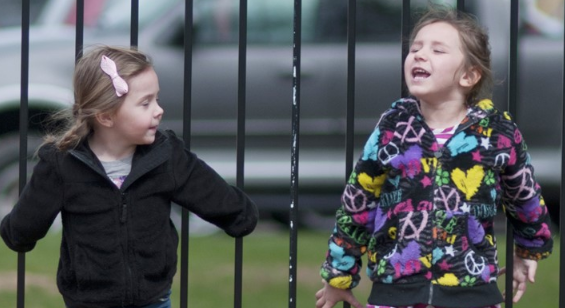
Happy learning and play
“We just saw we had an opportunity. Other people were looking, they wanted to provide the program, they didn’t have a place to do it. We had the place but we didn’t have a program and that’s the great thing about the community collaboration is that everybody’s kind of giving a little bit of different things and it’s working out.”
The district also has a preschool housed at one of its elementary schools. That school was used for all of the districts’ preschool students prior to the addition of the ELC. And the district has two public preschool teachers who teach at a private child-care center in Erlanger. Both of those teachers have 19 students in an all-day class funded by a state grant.
Burkhardt noted that children from other districts attended the community’s Head Start program. By moving those children to programs closer to their home, 55 all-day Head Start slots were opened up for Erlanger-Elsmere students. “Those children will also receive services from us now like speech and language,” Burkhardt said.
After one year, the number of students in the district entering kindergarten without having attended preschool decreased from 50 percent to 30 percent and had dropped to 22 percent in 2016. When the district started its E3C and Pre-K Works program in 2014, only 37 percent of incoming kindergarten students were kindergarten-ready. That number rose to 45 percent in 2015.
Burkhardt said the district has also been able to identify high-need children earlier, which allows the district to address their needs before they reach kindergarten.
“It doesn’t always translate into them being higher as a community on kindergarten readiness, but we’ve seen a lot of progress and we’re a lot further along than where we were,” she said.
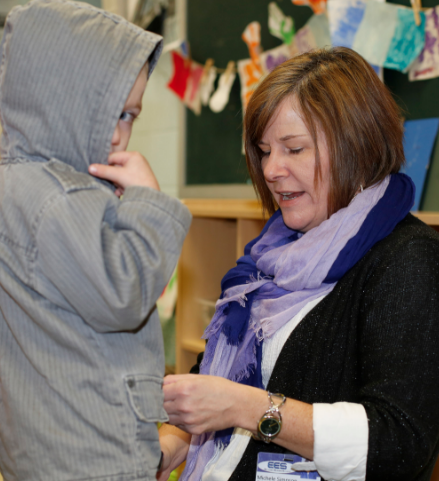
Loving attention
A group of teachers – two from Erlanger-Elsmere, one from the private St. Henry Elementary and one from a Head Start program – said in a letter that they have seen the impact of the program in their classrooms.
“We are identifying children in need of special education services earlier as a result and starting therapy sooner,” they wrote. “We are screening more children with each year of the program and many of these children are receiving special education evaluations earlier as a result. In addition, one of our speech therapists has been able to observe toddlers in the classes of child-care partners as well as beginning to educate these teachers on typical speech development. We also have more children enrolled in full day programs or whom we see for two years or more. The impact of these extended services can be seen in the classroom on a daily basis, but will also positively impact their learning for years to come.”
The district’s E3C and Pre-K Works program now serve as a regional and state model. As part of the program, the district and community hired a community outreach employee who could help share information with all stakeholders.
The district added more staff members to increase the number of preschool options for students. The additional classes filled up immediately, which meant “once the children were enrolled, much of the cost of the district was covered by the funds generated by more students attending public preschool,” the application noted.
“We’re happy that we’re filling the need we saw to begin with and we really think it’s going to pay benefits in the long run and that’s going to help not only the Erlanger-Elsmere district but wherever these children wind up or wherever they are throughout the community. It’s going to pay dividends in the long run,” Luken said.
From KSBA

















